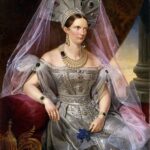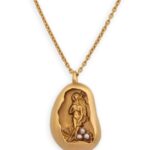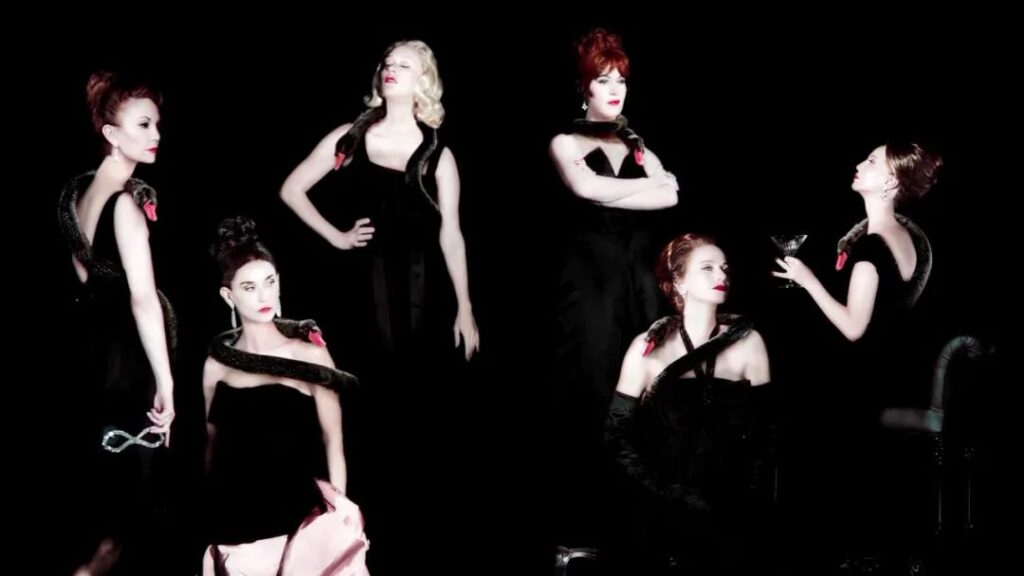
The hit American series “Feud” has recently launched its second season. Following the rivalry between two Hollywood actresses in the first season, this new installment focuses on Truman Capote’s “Swans” – the high-society ladies who influenced 20th-century fashion trends. The author was a top influencer in the fashion world of his time, and his other work, “Breakfast at Tiffany’s,” is undoubtedly more familiar to most.
Truman Capote, with his reputation as a literary genius, was highly sought after in high society and easily mingled with the socialites, becoming their “confidant.” However, for the sake of his writing, he betrayed the socialite circle. His book “Answered Prayers: The Unfinished Novel” exposed the secrets of the socialite world to the public, resulting in his expulsion from high society.
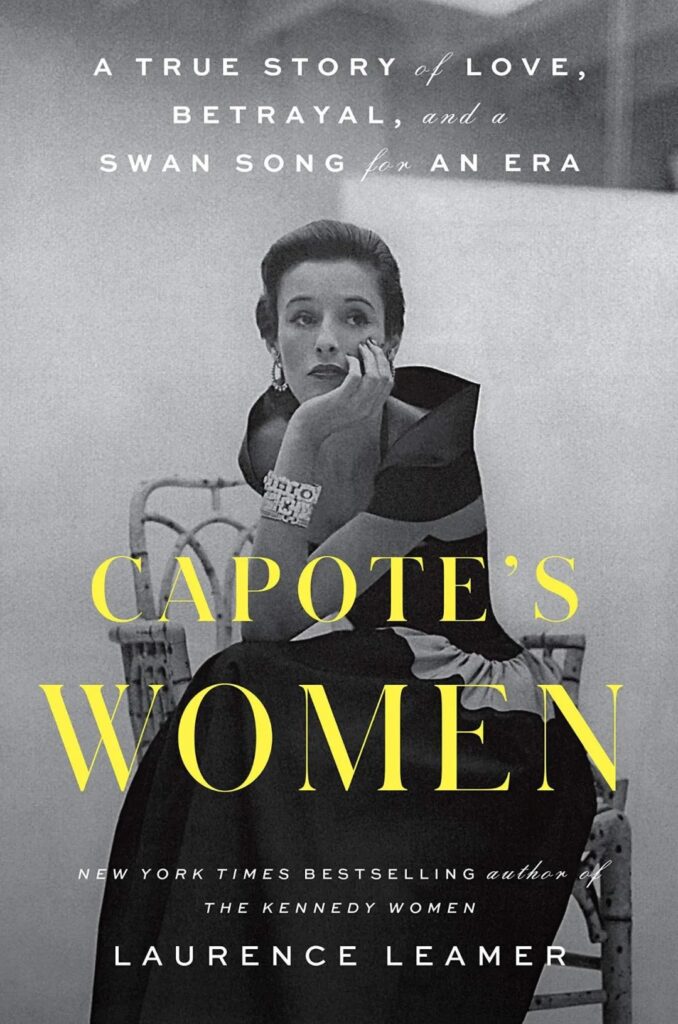
This TV series is based on this book, primarily depicting four prominent female characters who were considered the crème de la crème of the socialite world. As a result, the show became an instant hit, reigniting people’s fascination with 20th-century socialite gossip. Honestly, if you delve into the gossip, you’ll find that being a socialite back then wasn’t easy. You might think they lived a life of luxury and could just “lie flat,” but in reality, they had to work incredibly hard to become fashion-leading icons of their time.
Therefore, their jewelry styles are quite noteworthy and still relevant today. You can easily “copy” their style by choosing one that aligns with your personality. After all, it should be easier to create your own jewelry style by standing on the shoulders of these socialites.

Among the four main characters, Babe Paley was arguably the most driven. Born Barbara Cushing, she came from a family of a renowned neurosurgeon, with a congressman grandfather. Her parents had high expectations for their three daughters, providing them with the best education.
The Cushing sisters all married into wealthy families, with the eldest, Betsey, marrying into the Roosevelt family. Barbara, the prettiest of the three, thrived in social circles from the start, becoming a fashion editor for Vogue in 1938 and making the “Best Dressed List” for 14 consecutive years due to her elegant taste.
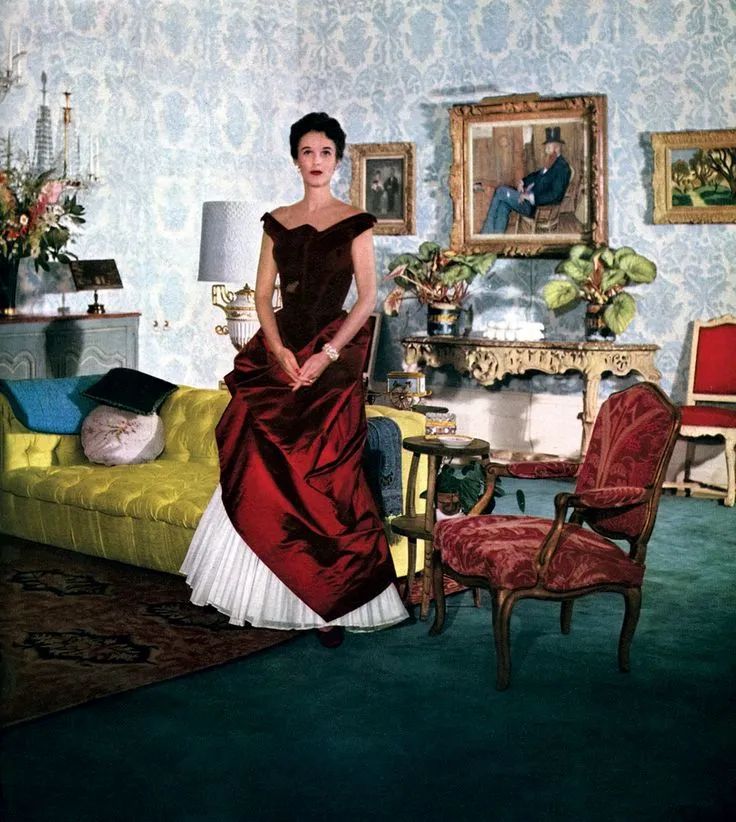
Truman Capote once commented on Babe Paley: “Her only flaw is that she’s too perfect.” Indeed, this “swan” was ambitious throughout her life, first marrying an oil dynasty heir, then the “father of CBS,” elevating her husbands’ social status with her profound artistic cultivation and collection taste. She was extremely demanding of herself, ensuring perfection in every public appearance, from makeup to jewelry.
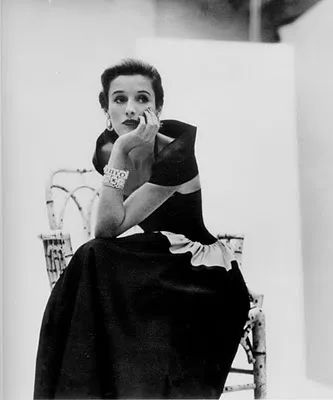
She maintained her hairstyle even before sleep, arranged flowers in guest rooms according to individual preferences, carefully trimmed stamp edges for aesthetics, and kept a golden notebook to record her “imperfections” for future improvement. Even when diagnosed with cancer, she meticulously planned her funeral and cataloged her beloved jewelry for family and friends.
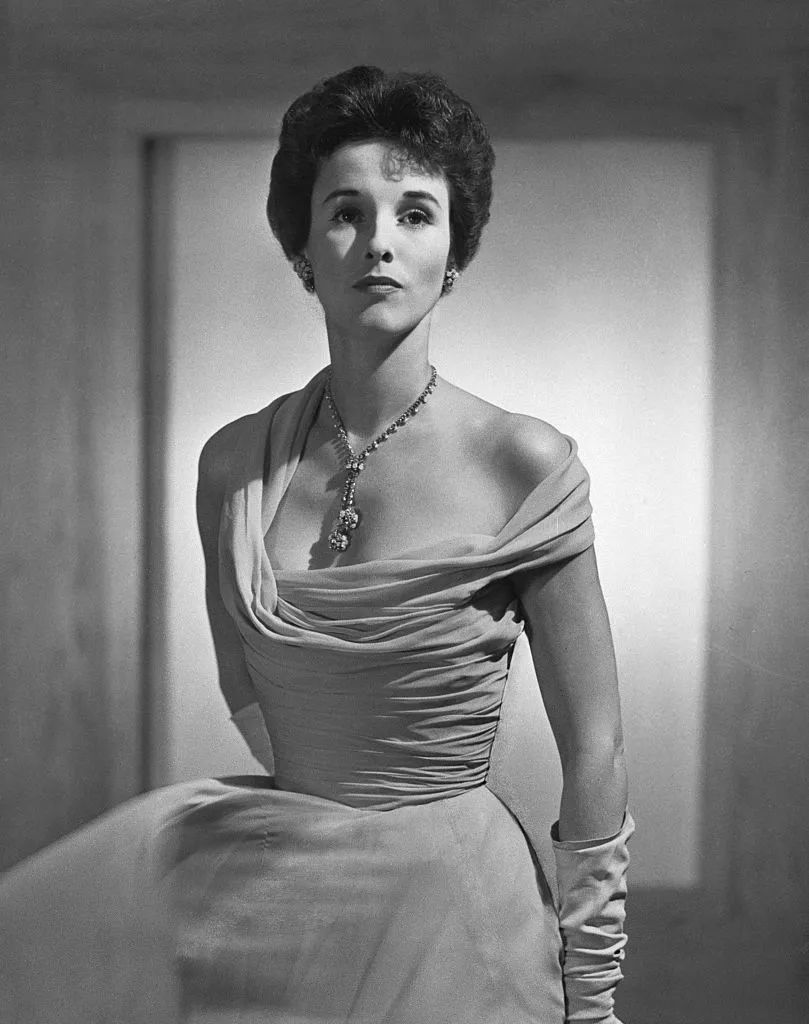
Although she pursued classic elegance, Babe was far from conservative. She embraced change and individuality, which allowed her to be a trendsetter. In terms of jewelry, she often requested custom pieces from her favorite designers, prioritizing design over materials.
For instance, Jean Schlumberger created the famous starfish brooch for her. While Schlumberger was known for his ocean-inspired designs, Babe’s sapphire, emerald, and diamond starfish brooch was one-of-a-kind in both design and choice of materials.
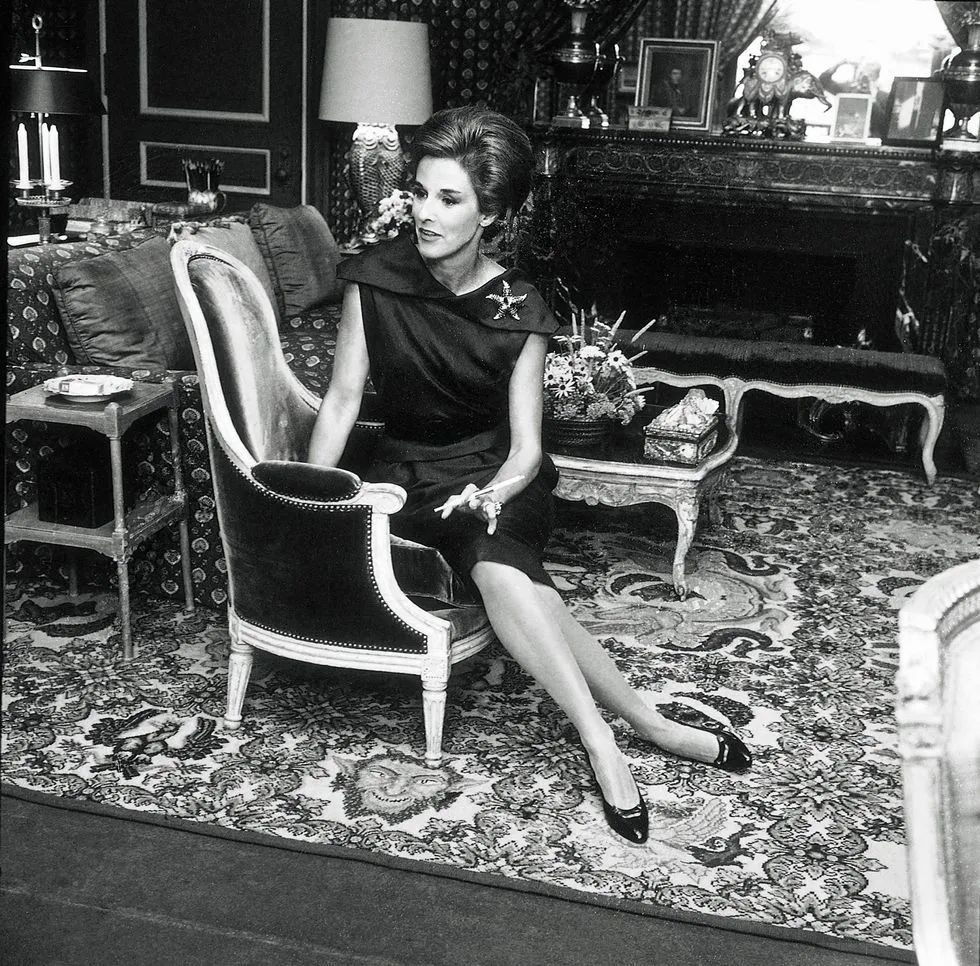
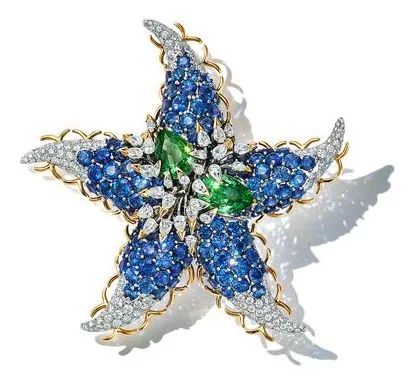
Babe Paley’s starfish brooch
Gold, diamonds, sapphires, and emeralds
Babe Paley had a visionary eye for fashion. While others were still obsessed with diamonds, she surprisingly wore a Jean Schlumberger-designed turquoise tassel necklace to President Eisenhower’s inaugural ball in 1957. Schlumberger credited this appearance with sparking the turquoise trend, saying, “Babe Paley brought turquoise into fashion. When such a socialite wears it, it becomes more chic.”
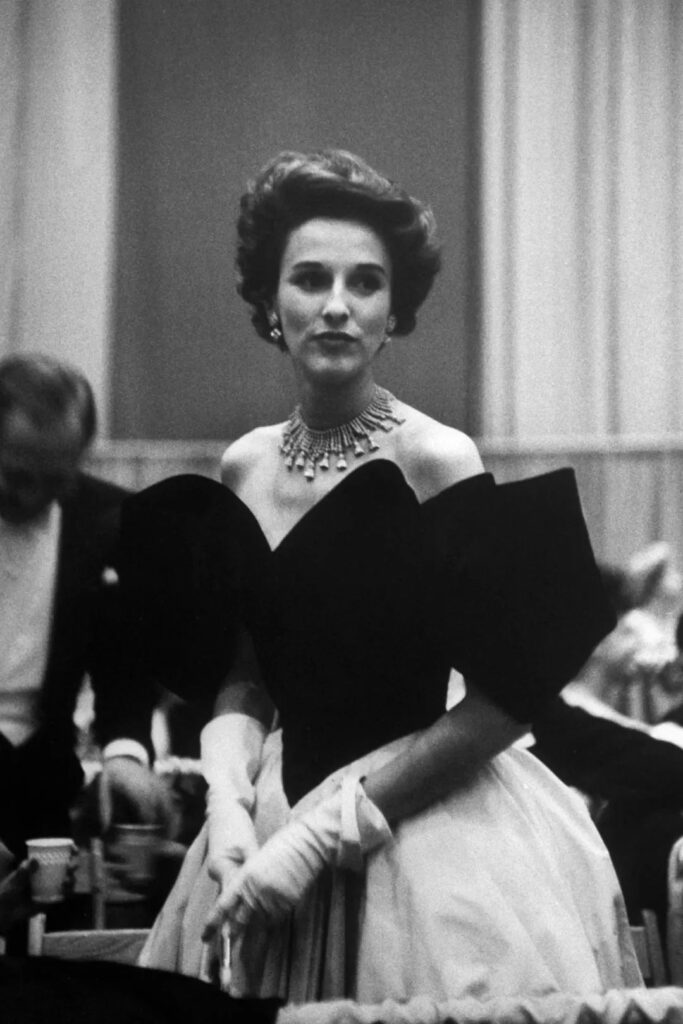
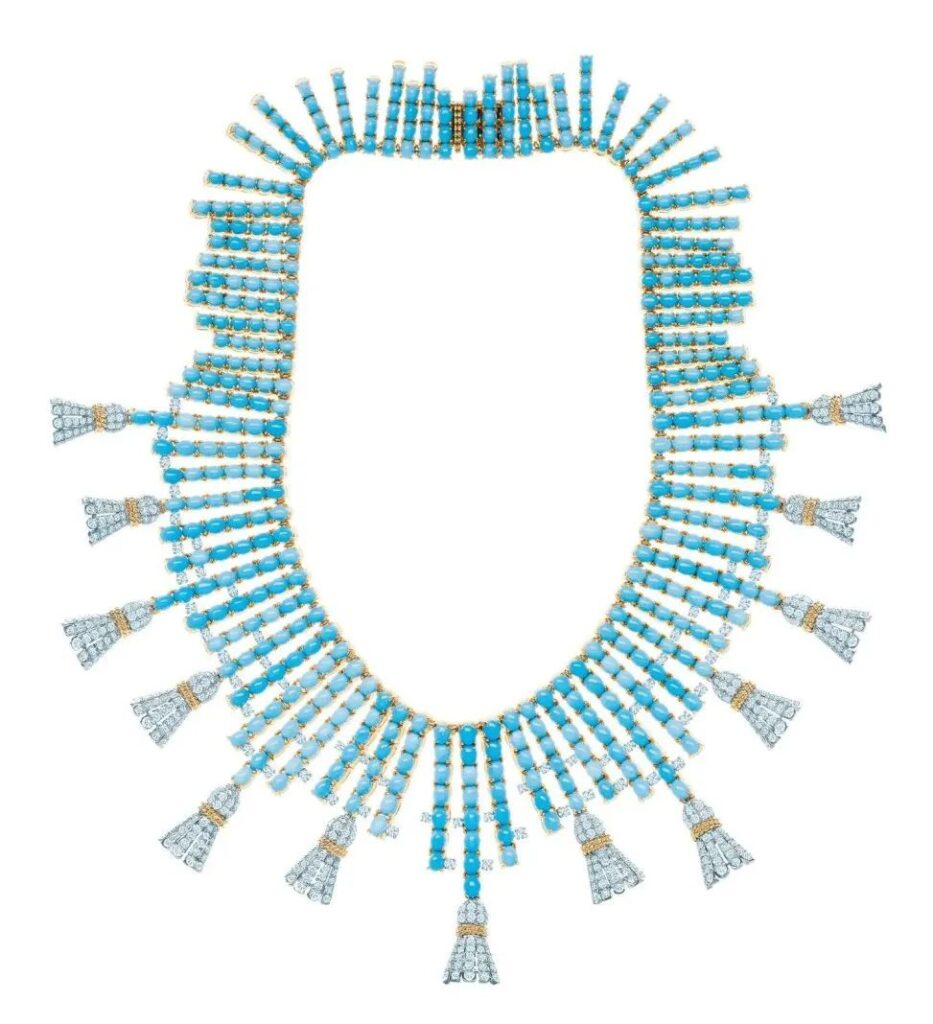
Turquoise tassel necklace
From Babe Paley’s collection
As an icon of elegance, pearls played a significant role in Babe Paley’s jewelry box. She owned many pearl necklaces but preferred unique designs over conventional ones. For example, she had a black and white pearl bracelet designed by Verdura, and she would boldly layer multiple pearl necklaces. She even wore baroque pearl necklaces when they were not in fashion.
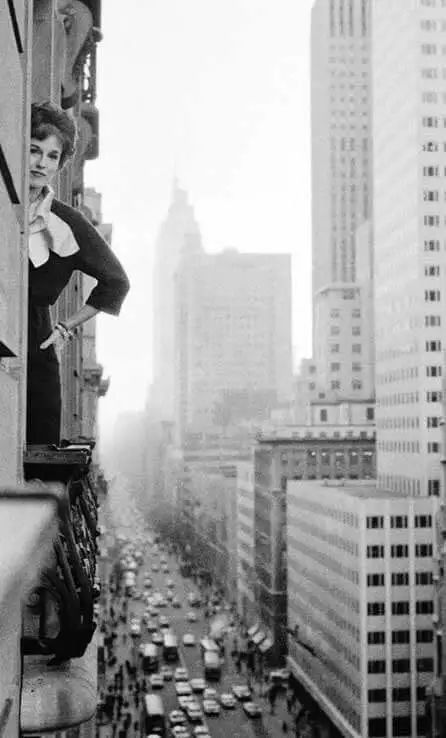
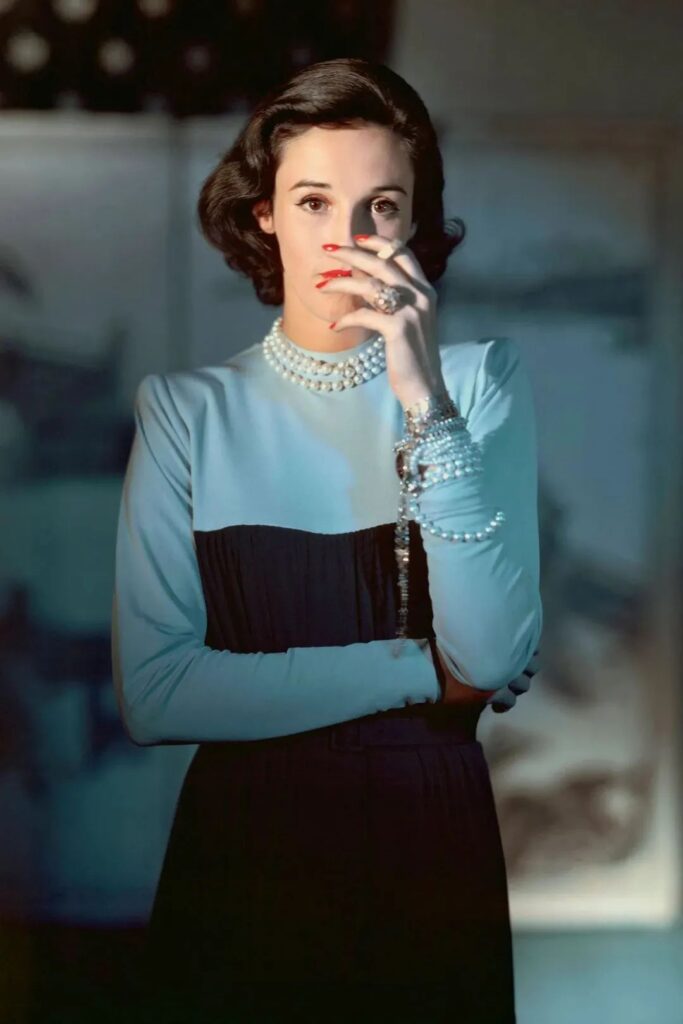

Verdura was one of Babe Paley’s favorite designers. He created a swan brooch for her that perfectly encapsulated her personal style and paid homage to this high-society “swan.” Today, this magnificent yet melancholic piece can be viewed in the brand’s archives.
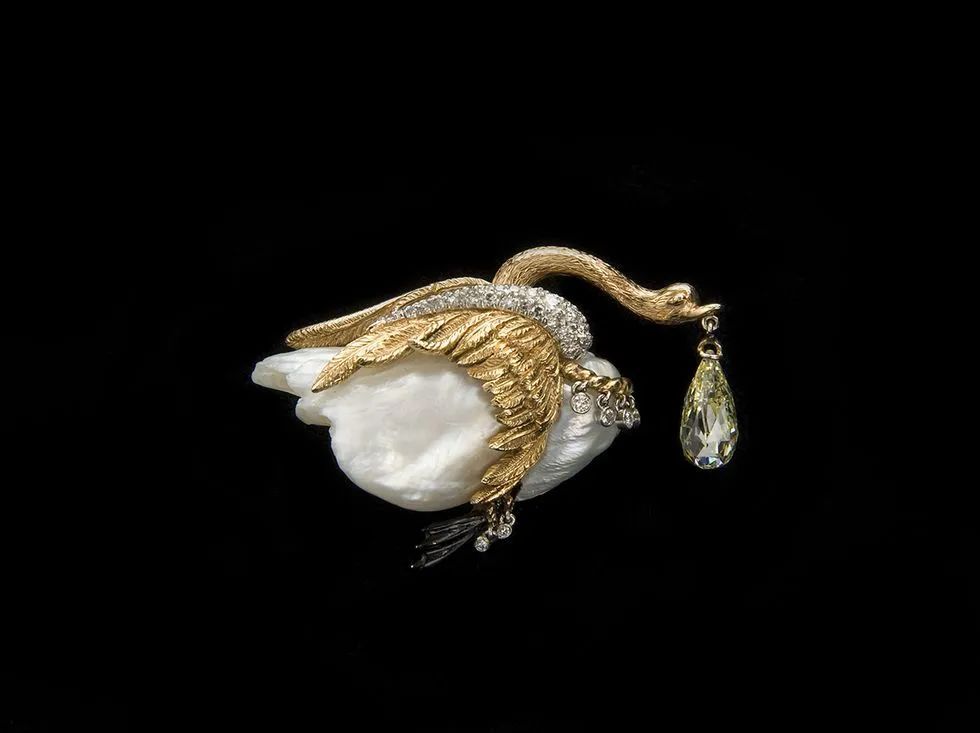
Babe Paley was also adept at creatively styling her jewelry. For instance, she would wear brooches as hair accessories, adding a playful touch that balanced out the formality of her 270-carat diamond Van Cleef & Arpels necklace.
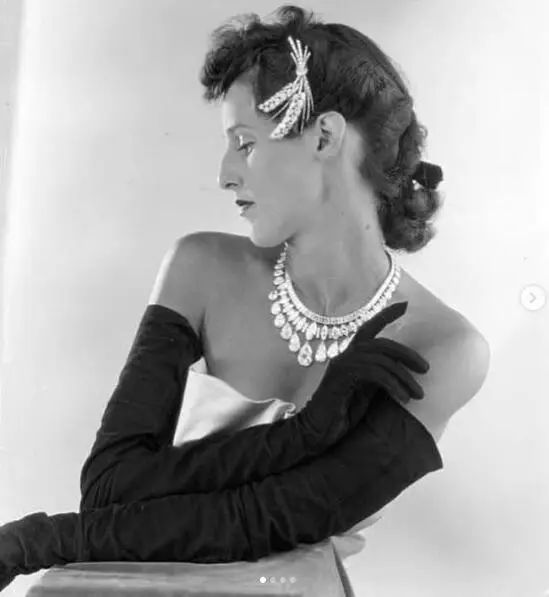
She also owned a René Boivin necklace composed of three brooches that could be freely combined and styled.
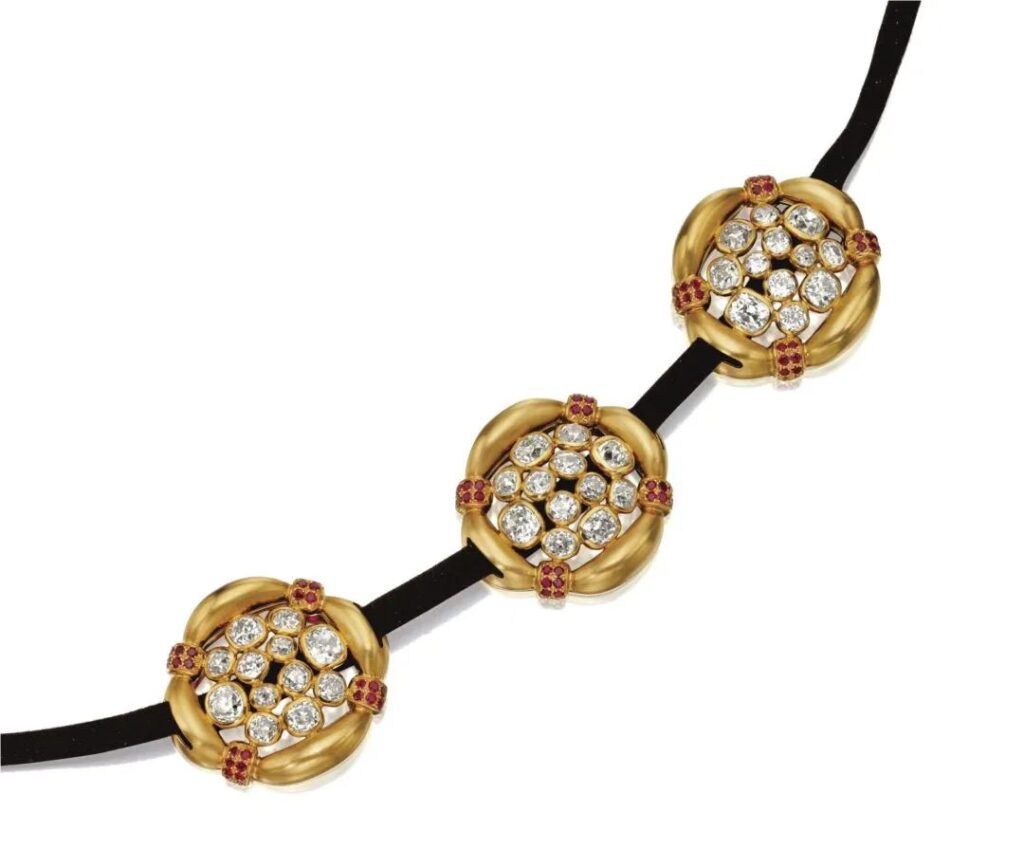
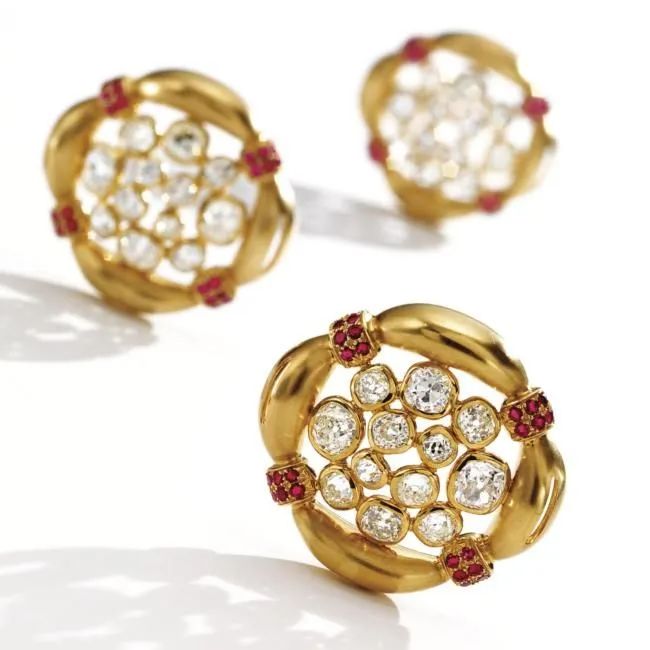
In the series, Naomi Watts perfectly captures Babe Paley’s elegance, thoughtfully paying tribute to the “swan’s” jewelry taste by wearing Verdura earrings.
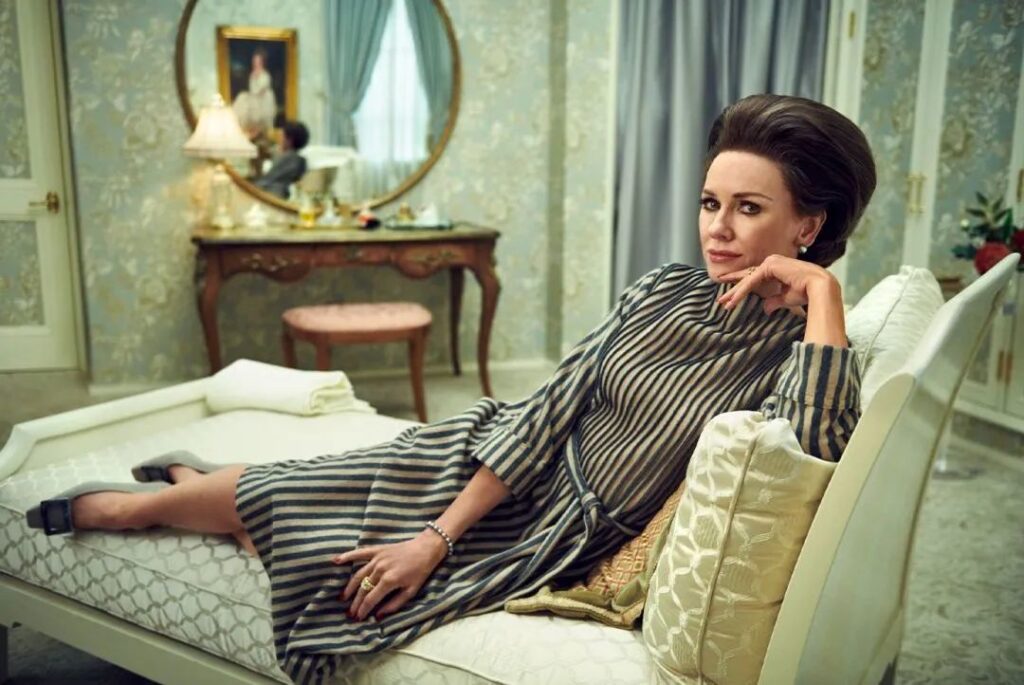
The second “swan” in “Feud: Season 2” is Nancy “Slim” Keith, born Mary Raye Gross, daughter of a businessman. Her nickname “Slim” hints at her tall, slender figure, which led her to become a model and quickly grace the cover of Harper’s Bazaar.
She also entered Hollywood, where she met her first and second husbands, a director and a producer respectively. Rumors also linked her to numerous lovers, including Clark Gable and Ernest Hemingway. After leaving Hollywood, she chose to become the wife of Lord Kenneth Keith, a banker.
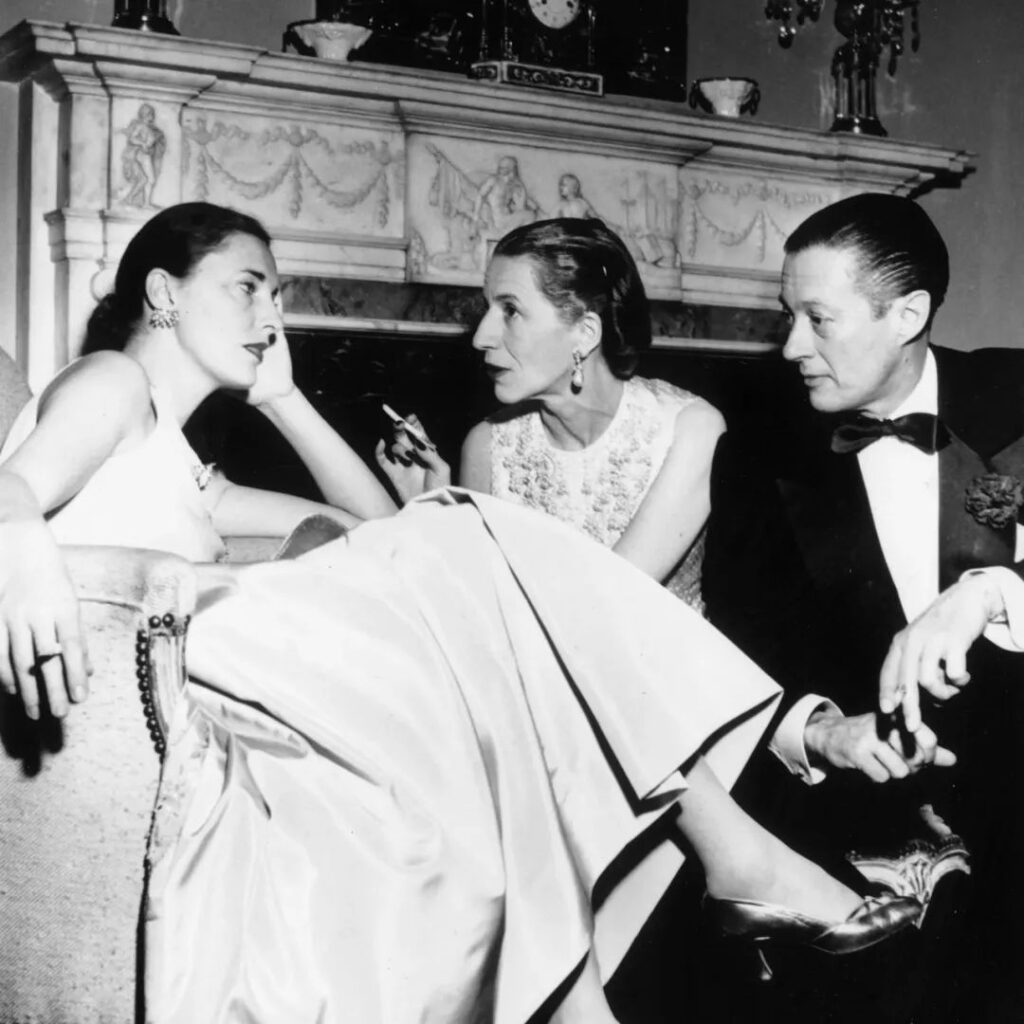
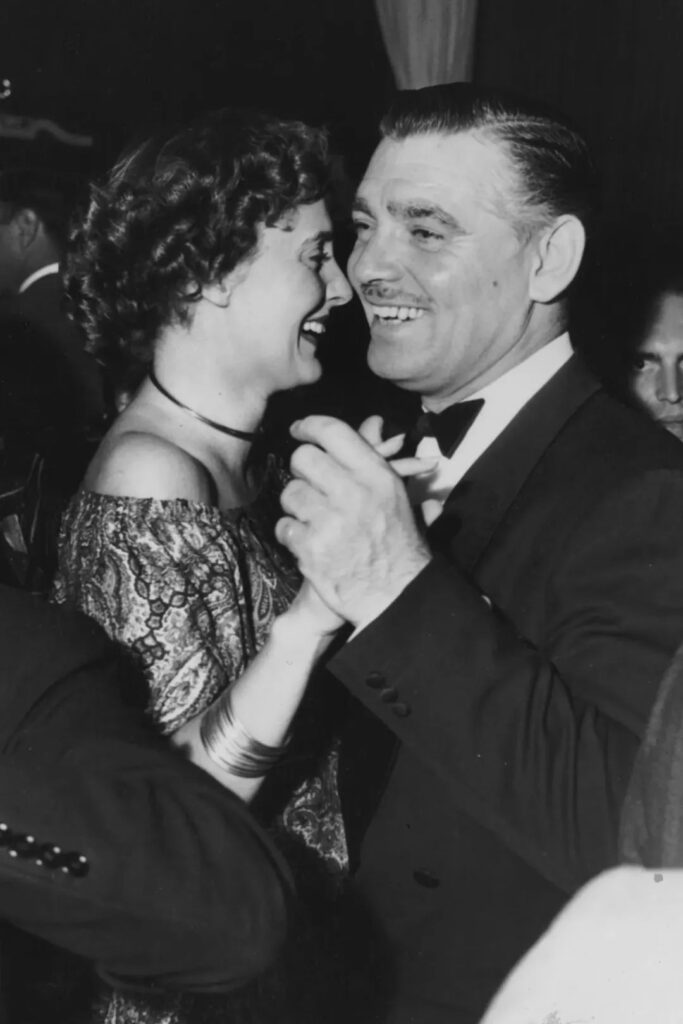
After marriage, she quickly became a renowned socialite on both the East and West coasts of America, frequently appearing on the “Best Dressed List.” Her style was unique; in the 1950s, an era that prized elegance, she established a minimalist and crisp personal style.
She favored designs with strong silhouettes and smooth lines, which was reflected in her jewelry collection. She leaned towards modernist designs, often pairing simple gold chain necklaces or classic diamond Riviere necklaces with structured evening gowns.
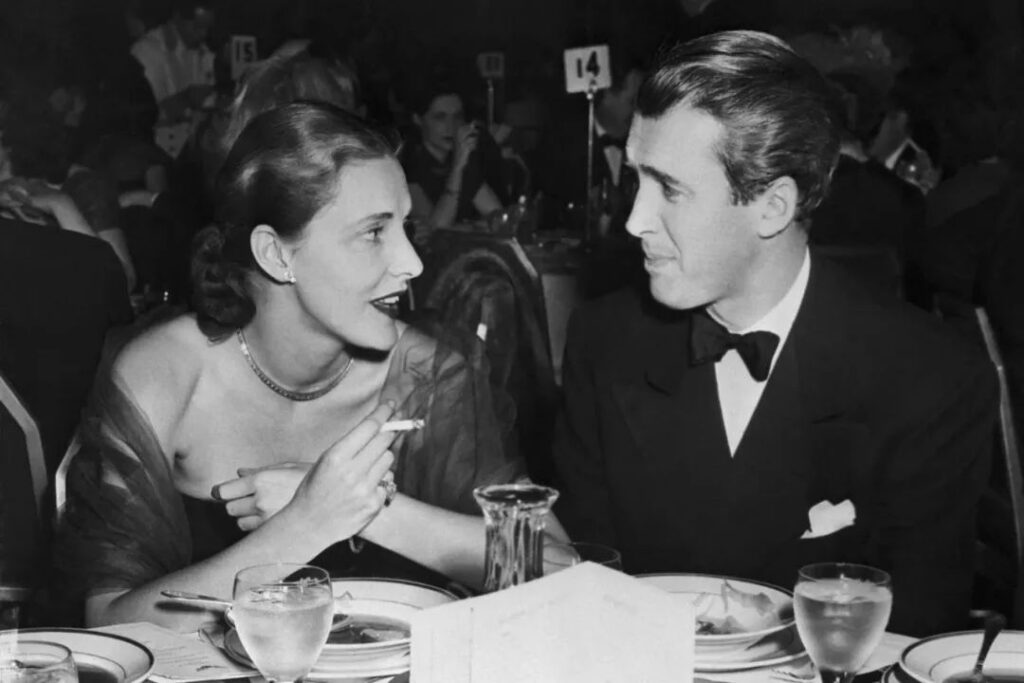

Of course, she wasn’t averse to colored gemstones, but her preferences were quite distinctive. For example, she owned two Jean Schlumberger pieces: one featured an agate centerpiece with radiating gold lines and an emerald set in the agate’s natural pattern.
This was considered niche even among Schlumberger’s works, known for his naturalistic themes with imaginative twists but generally figurative designs. The brooch he created for Slim Keith, however, was completely abstract.
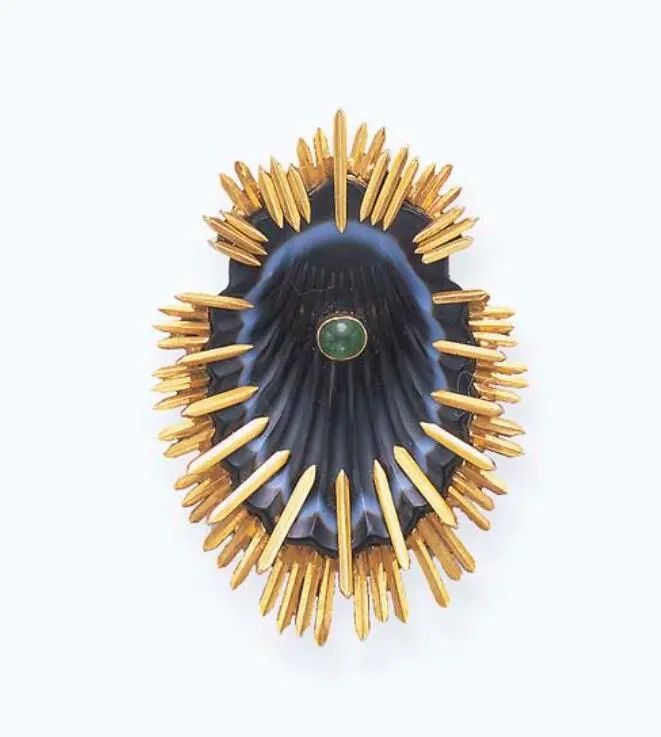
Jean Schlumberger for Tiffany & Co.
Slim Keith’s other Schlumberger piece was slightly more “traditional” – a cross pendant-brooch combination with amethyst as the main stone.
Indeed, when wearing power suits, she would choose intricate brooches with a Byzantine flair for contrast, pinning them wherever inspiration struck.
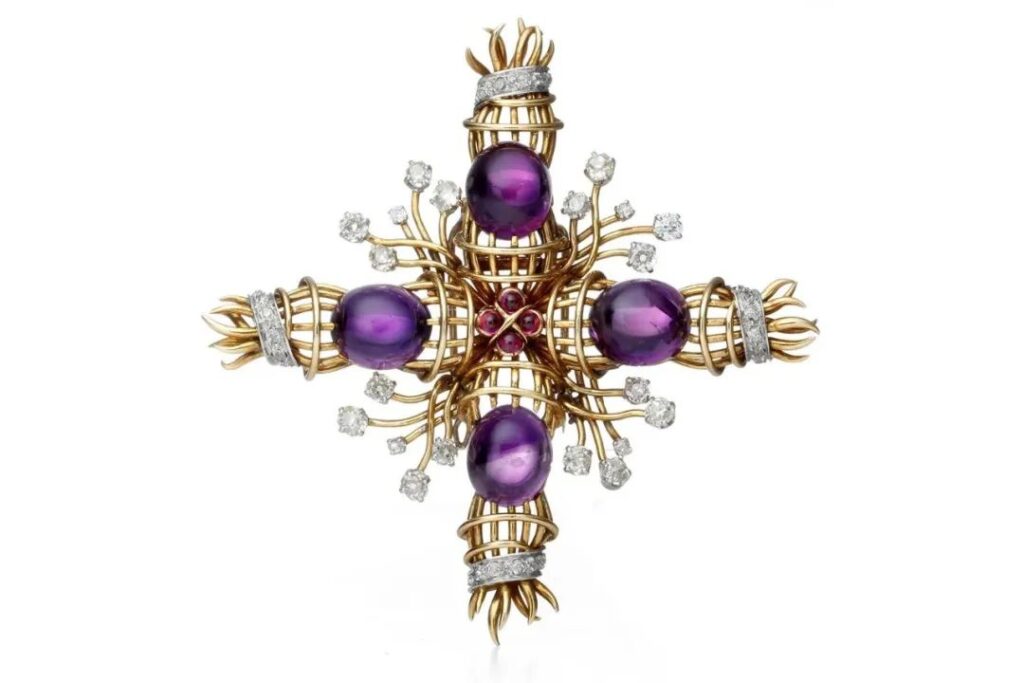
From Slim Keith’s collection
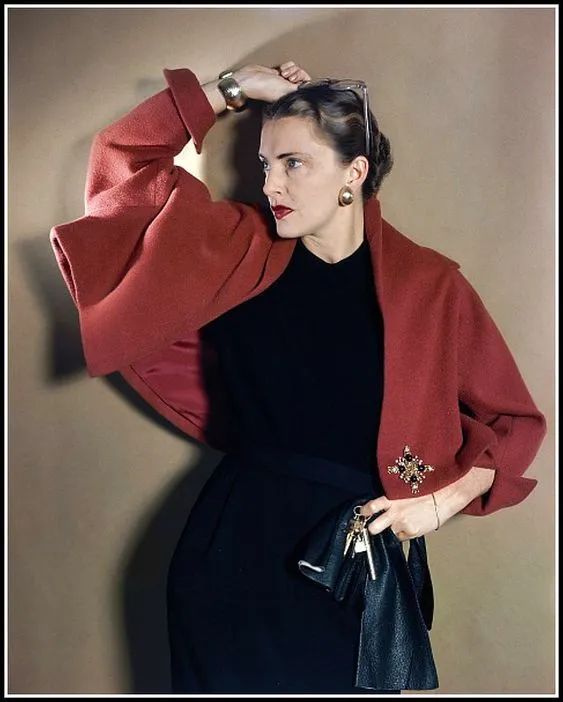
Slim Keith also greatly admired Verdura, consistently requesting special designs. She commissioned a pair of brooches with consistent style but different details. Although the pink topaz and blue sapphire colors differed, the wing design elements allowed them to be worn together, creating a unique pairing.
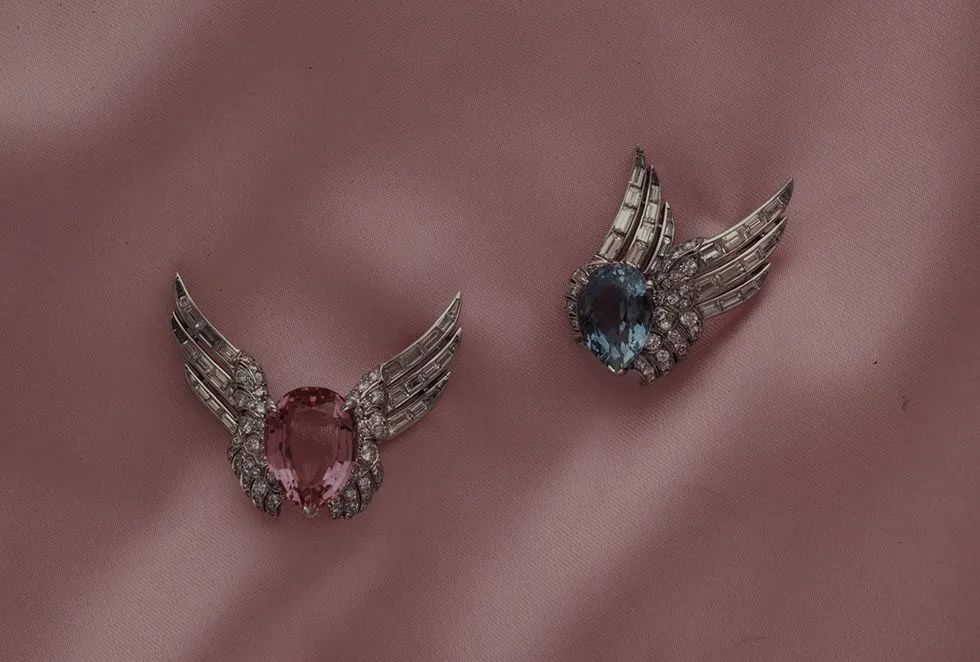
Purchased by Slim Keith in 1968
In the series, Diane Lane brilliantly captures the essence of the character, wearing long gold chain necklaces with sleek suits, perfectly embodying Slim Keith’s distinctive style.

C.Z. Guest, born in 1920 as Lucy Douglas Cochrane, was the daughter of a Boston banker. She participated in beauty pageants, acted, loved horseback riding, and served as a muse for artistic masters like Diego Rivera, Salvador Dalí, and Andy Warhol. Later, she became renowned as a garden designer, writer, and fashion designer.
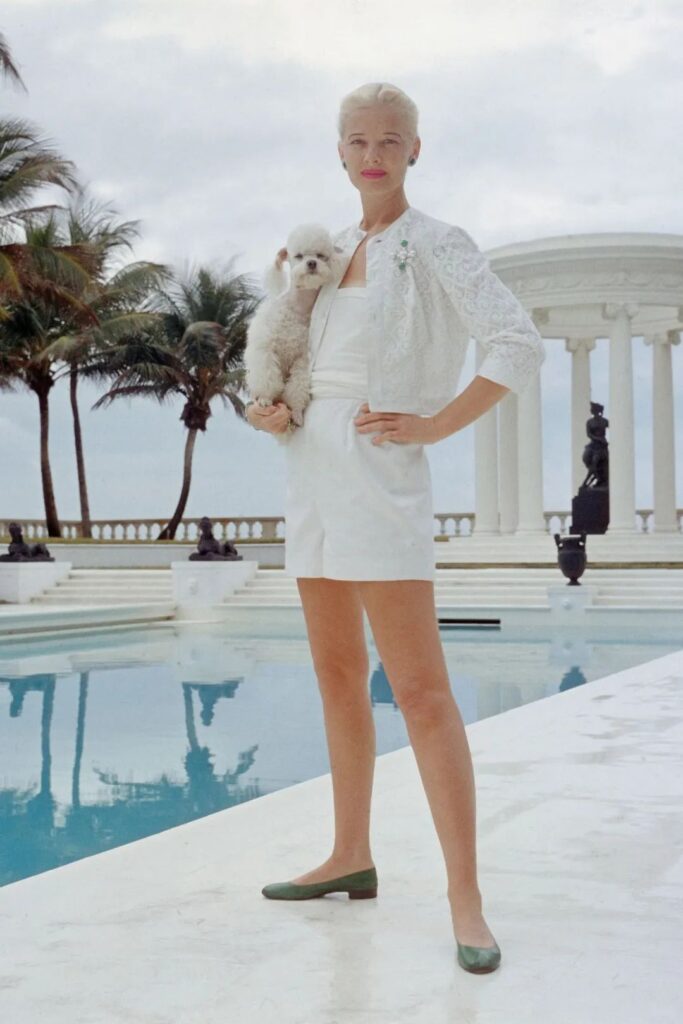
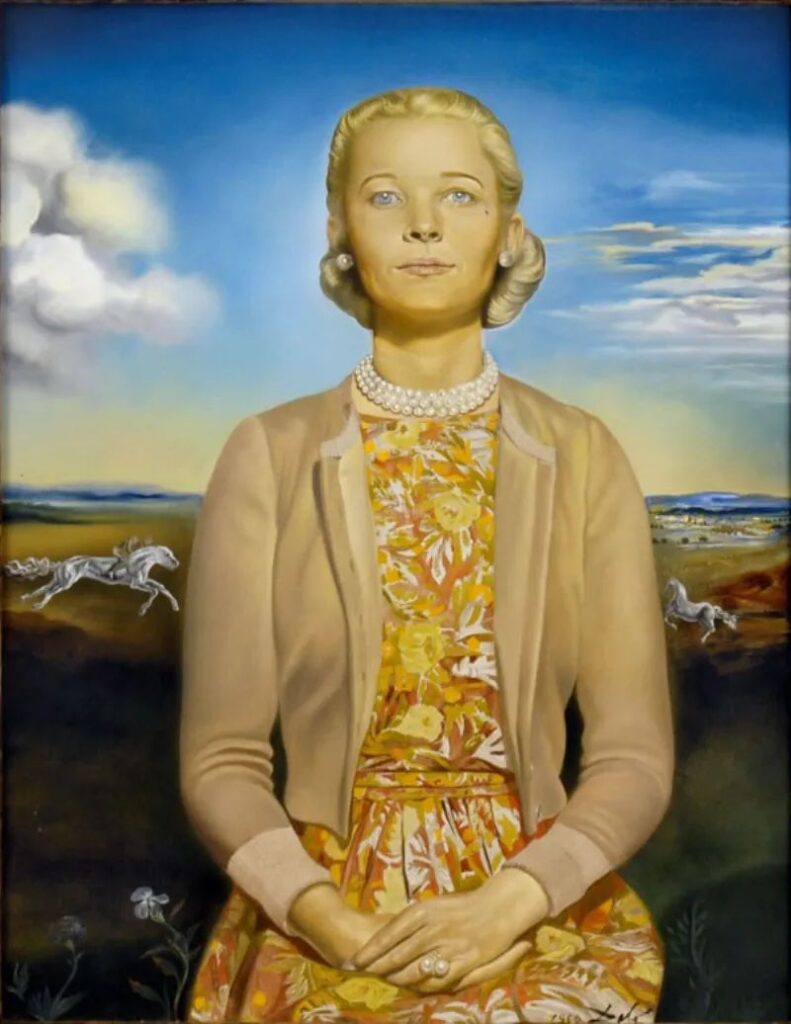
After an injury from horseback riding, she turned her energy towards gardening and began writing columns syndicated in 350 newspapers. She later published a book, “First Garden,” with an introduction by Truman Capote and illustrations by fashion photography master Cecil Beaton.

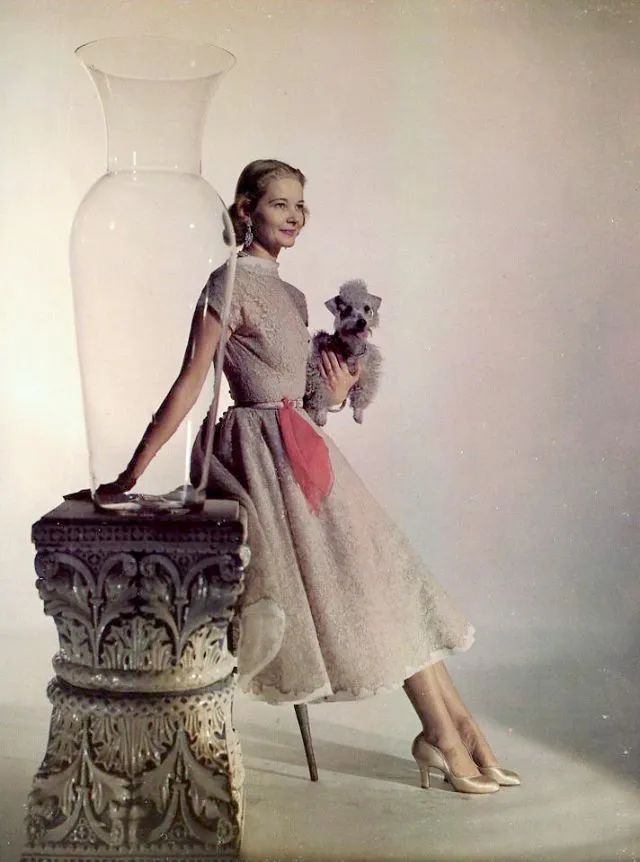
With her background and talents, she naturally became a prominent socialite of her time, frequently appearing on the “Best Dressed List.” She married into the Churchill family, resulting in the Duke and Duchess of Windsor becoming godparents to her children.
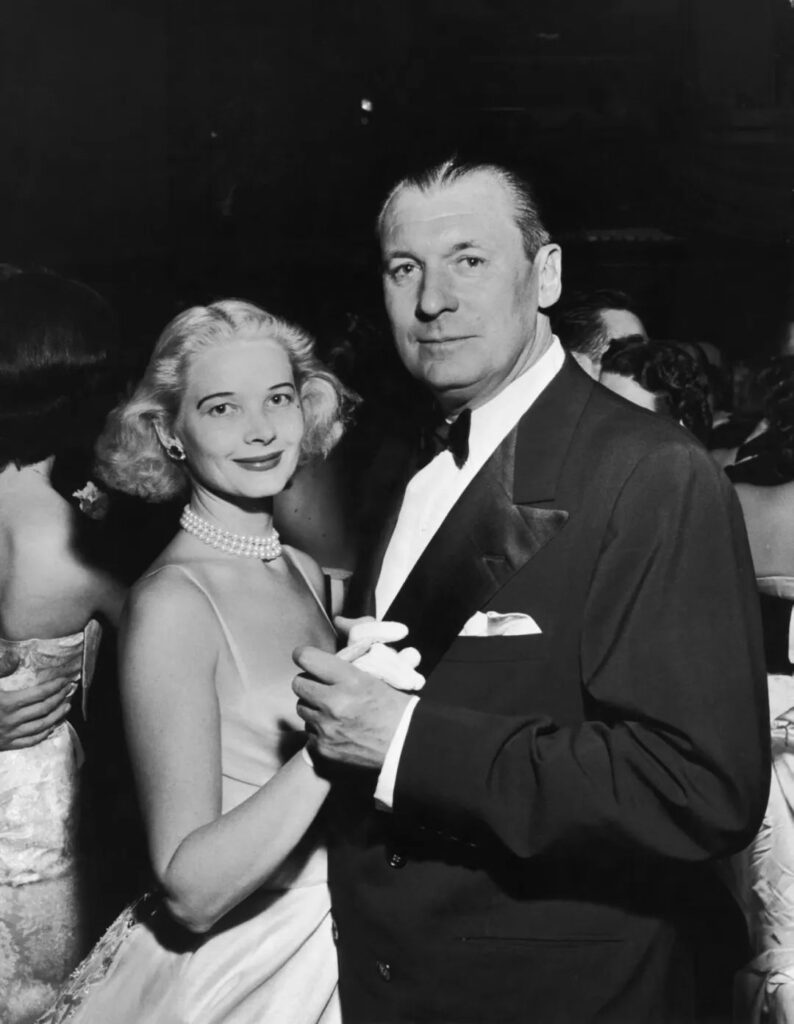
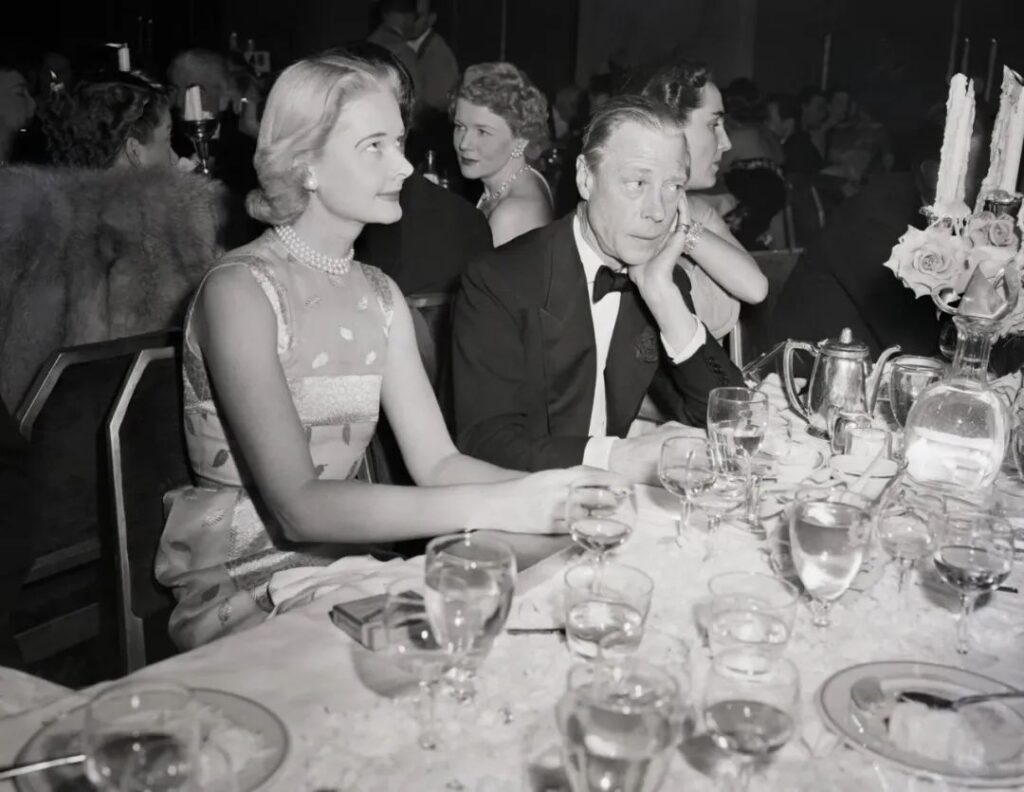
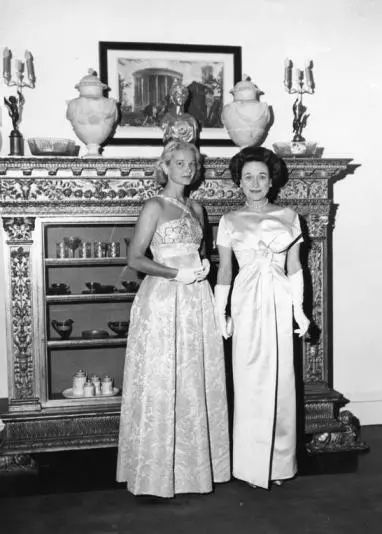
C.Z. Guest’s style was intriguing – both classic and sporty, blending English and American aesthetics. Fashion critics of the time considered her style sophisticated yet warm. This could be interpreted as the epitome of today’s popular “old money” style, with her fashion sense resembling that of a Ralph Lauren ambassador.
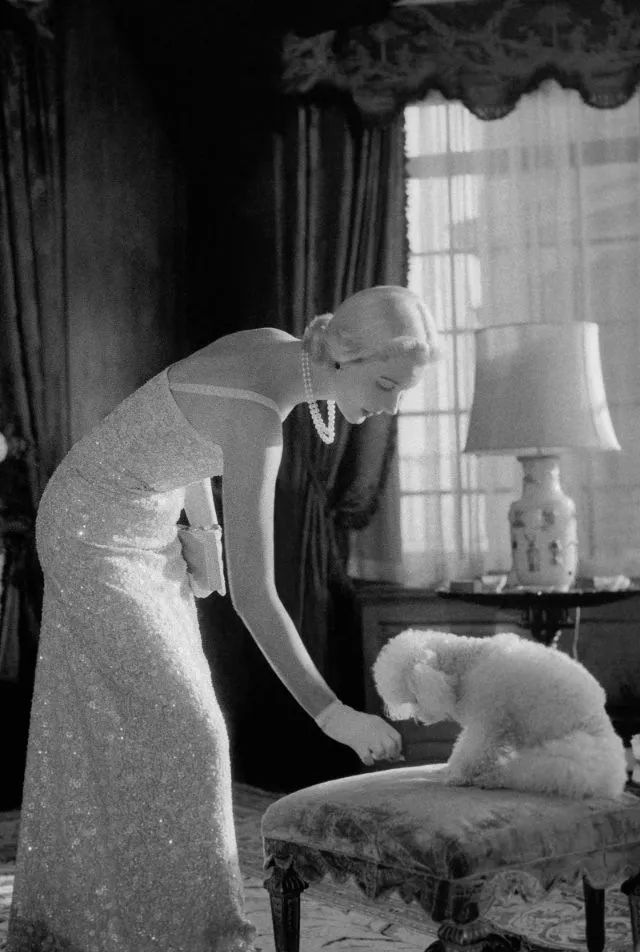
This “swan’s” signature jewelry was a double-strand pearl necklace, which became her trademark style, much like the Queen of England. Of course, for formal evening events, she would wear more elaborate jewelry, such as Jean Schlumberger’s diamond and pearl necklace for Tiffany & Co. Indeed, this jewelry master seemed to dominate the jewelry boxes of all socialites of that era.
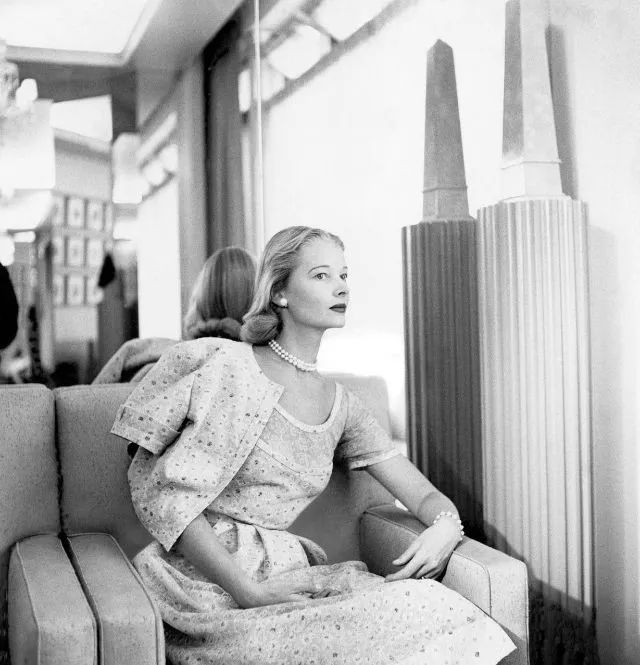
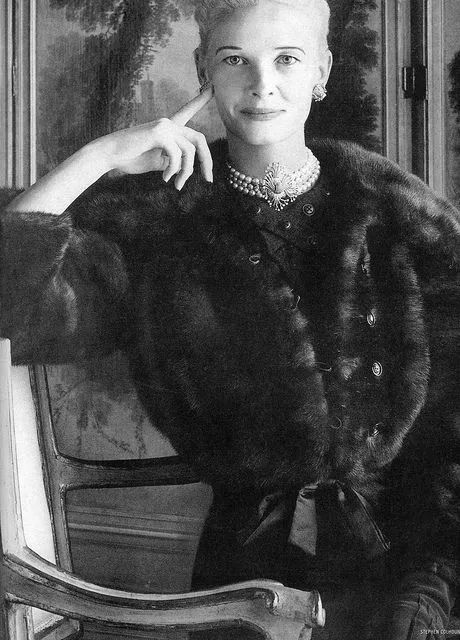
Pearls remained C.Z. Guest’s main theme from her youth to old age. She was also the happiest among the four “swans,” staying with her husband until the end and beloved by her friends who found her company very comfortable. Even when Truman Capote was ostracized by the socialite circle, she didn’t abandon him and even offered help when he fell ill in his later years.
In the series, Chloë Sevigny portrays this gentle “swan.” While her appearance might seem a bit too strong and her styling too powerful for the character, the iconic double-strand pearl necklace is faithfully preserved.
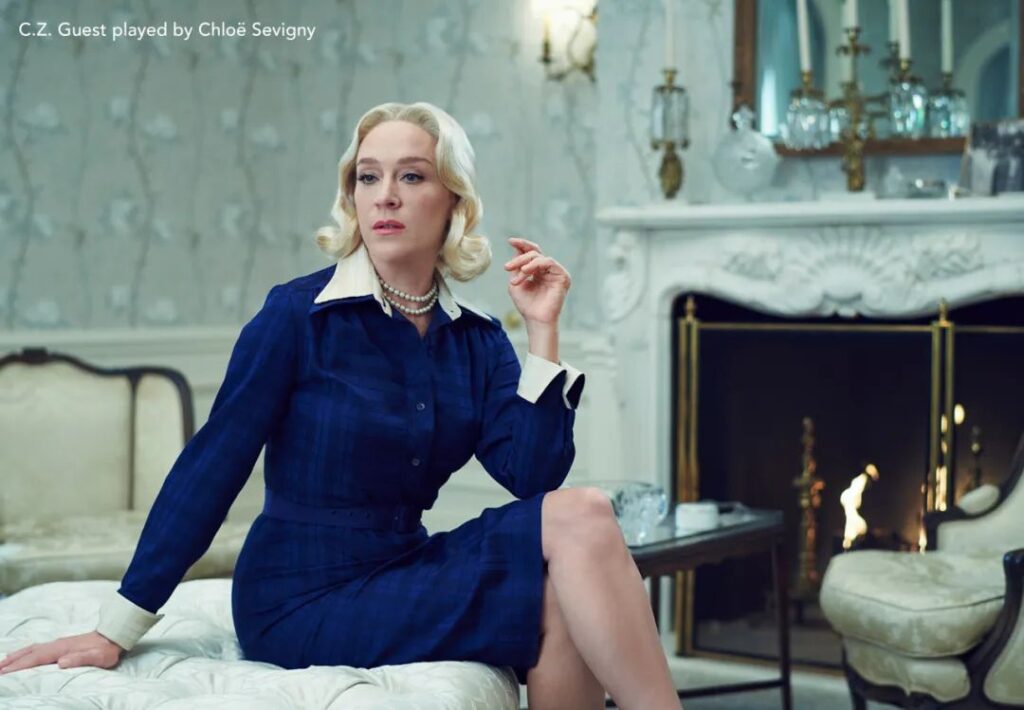
Truman Capote’s beloved “swans” also included Lee Radziwill, who lived her entire life in the shadow of her sister, Jacqueline Kennedy. The sisters became highly visible socialites in the 1960s, though their relationship was the subject of much speculation.
Setting aside her sister, Lee Radziwill’s freedom and boldness in embracing all things new was rare among socialites, making her perhaps the most multi-faceted socialite of the 20th century in terms of career pursuits.
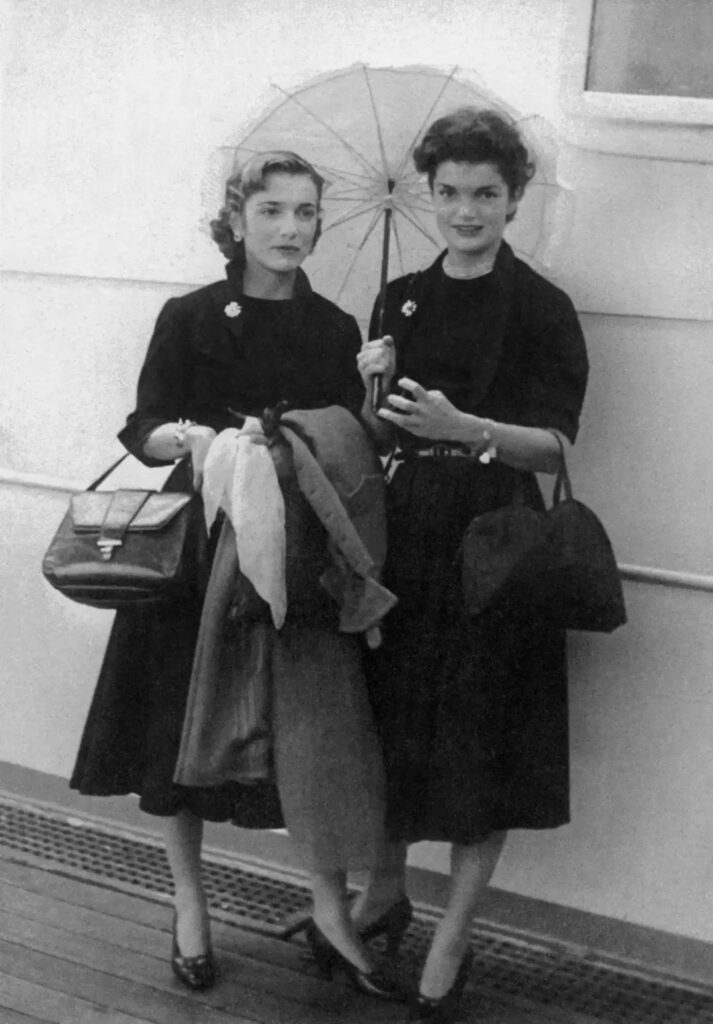
Lee Radziwill started her career as a fashion editor, working under Diana Vreeland, which cultivated her lifelong love and taste for fashion. She tried her hand at acting, becoming the lead in Truman Capote’s “Laura.” She was a successful interior designer, invited to design for many social elites. She was also an author, having published two books.
Additionally, she served as the public relations director for Giorgio Armani, single-handedly introducing the Italian brand to American high society, and remained Armani’s muse and brand ambassador throughout her life.
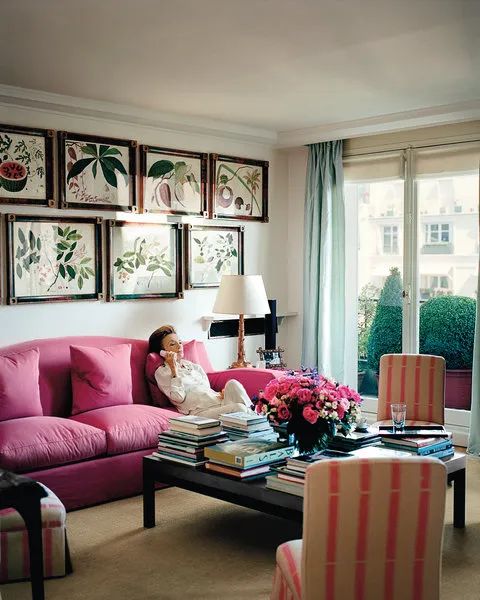
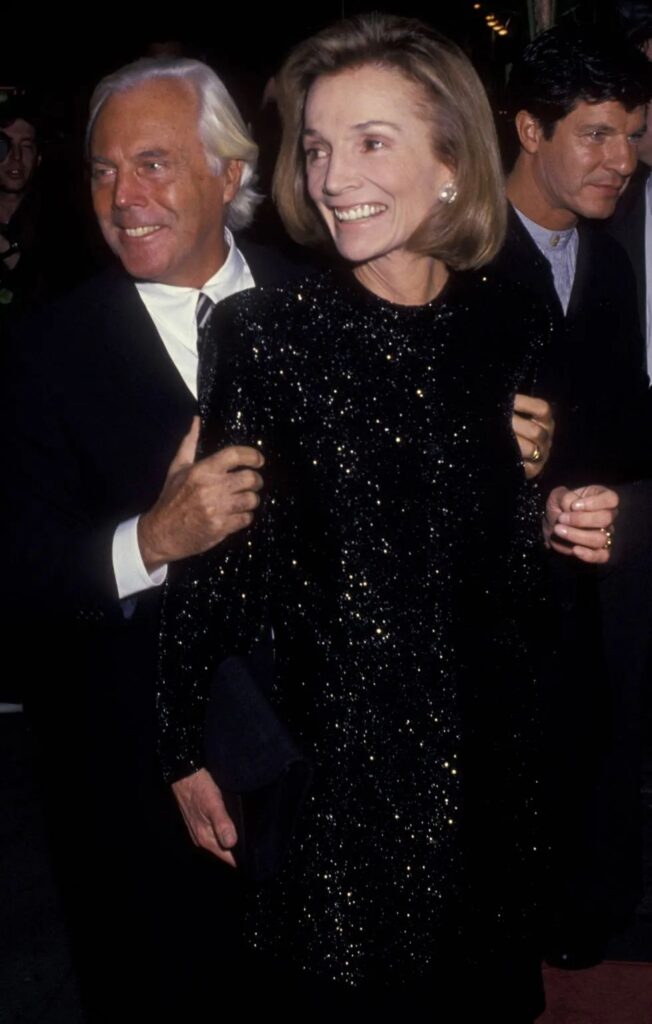
Giorgio Armani once said: “What makes her unique is that she always uses a minimalist style to showcase her strong and feminine side. Her loyalty to herself places her above trends.”
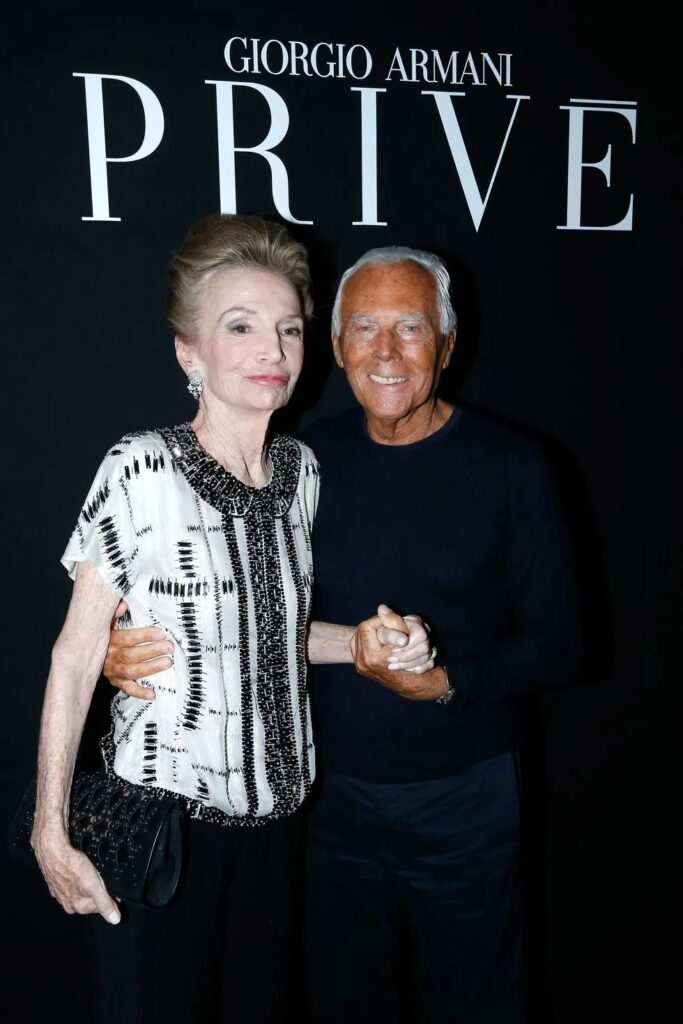
Indeed, this “swan” never rejected new things and always found pieces that fit her style. When part of her jewelry collection was auctioned at Christie’s, people discovered that her jewelry box was eclectic. Whether antique jewelry, works by contemporary jewelry masters, or costume jewelry, all remained true to her unique minimalist and bold style.
In a sense, her jewelry collection pursued not the preciousness of materials, but rather pieces that reflected her personal taste.

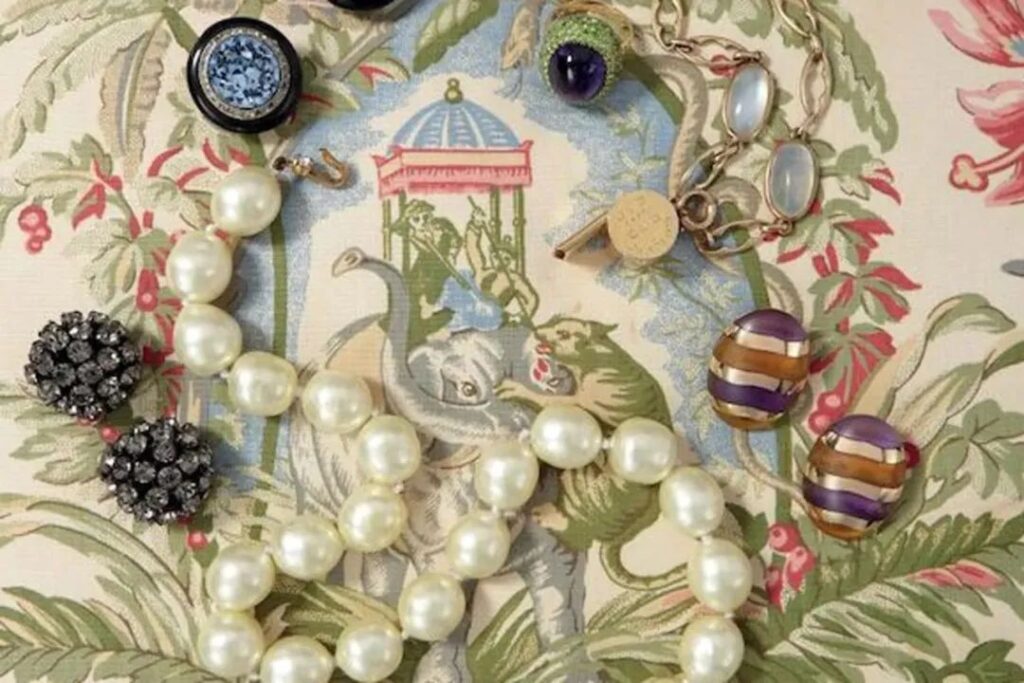
She favored simple yet designed pieces, such as her Taffin amethyst and peridot cocktail ring. The contrasting colors gave the simple design a strong visual impact. She seemed to like these two gemstones, as she also owned an 18th-century European antique brooch made of the same materials, also maintaining a minimalist design.
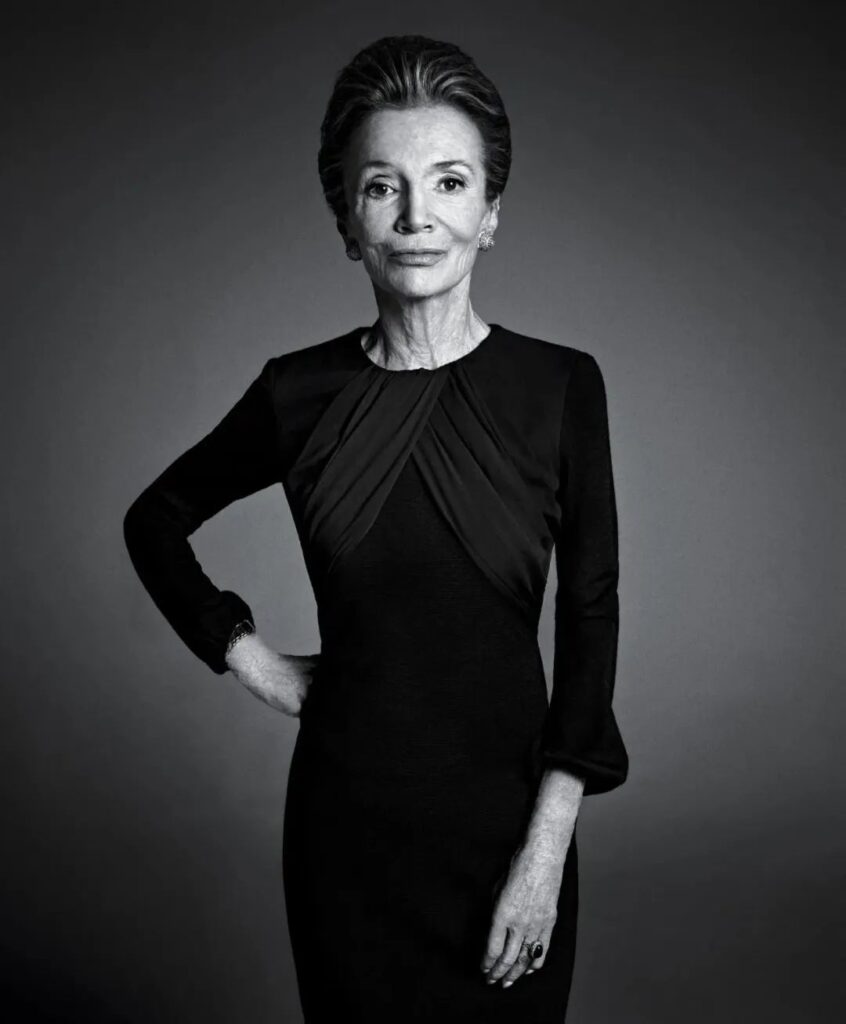
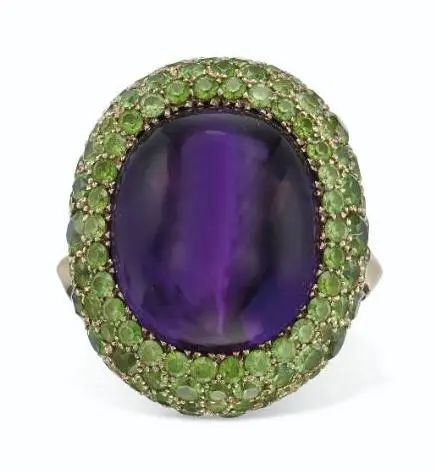

Lee Radziwill liked many niche materials and never wore matching sets of jewelry. Instead, she chose pieces suitable for her outfit and occasion. For instance, when appearing with Jacqueline Kennedy, she would cleverly echo her sister’s look but opt for bolder designs, free from the constraints of being a “First Lady.” She would choose chunky chain necklaces, but with lively bird pendants adding a touch of feminine softness.

She boldly paired gold bracelets with purple taffeta suits and used simple layered diamond bracelets to complement striped sequin gowns. Her jewelry was never about quantity, but about perfectly accentuating her look.
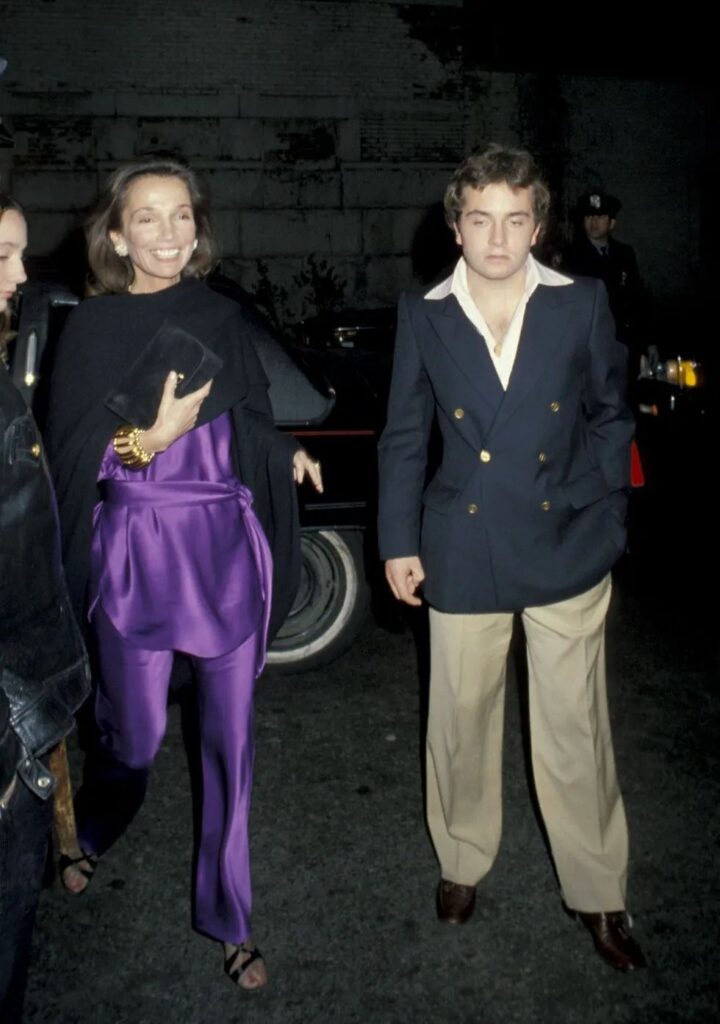
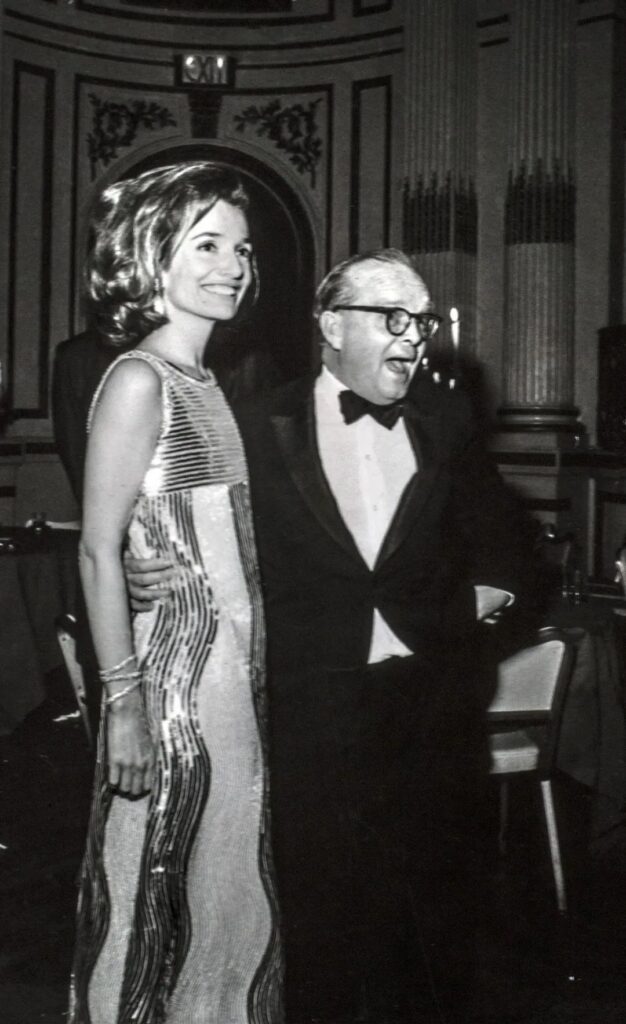
Which of these four “swans” with completely different jewelry styles do you prefer? Perhaps you can decide after seeing a more intuitive interpretation in the series. Indeed, the show’s costume designer, Lou Eyrich, said: “From the beginning, the director made it clear that the jewelry in the show must be authentic because it plays a crucial role in advancing the plot and character development. Therefore, we borrowed a large number of pieces from the Verdura jewelry brand.”
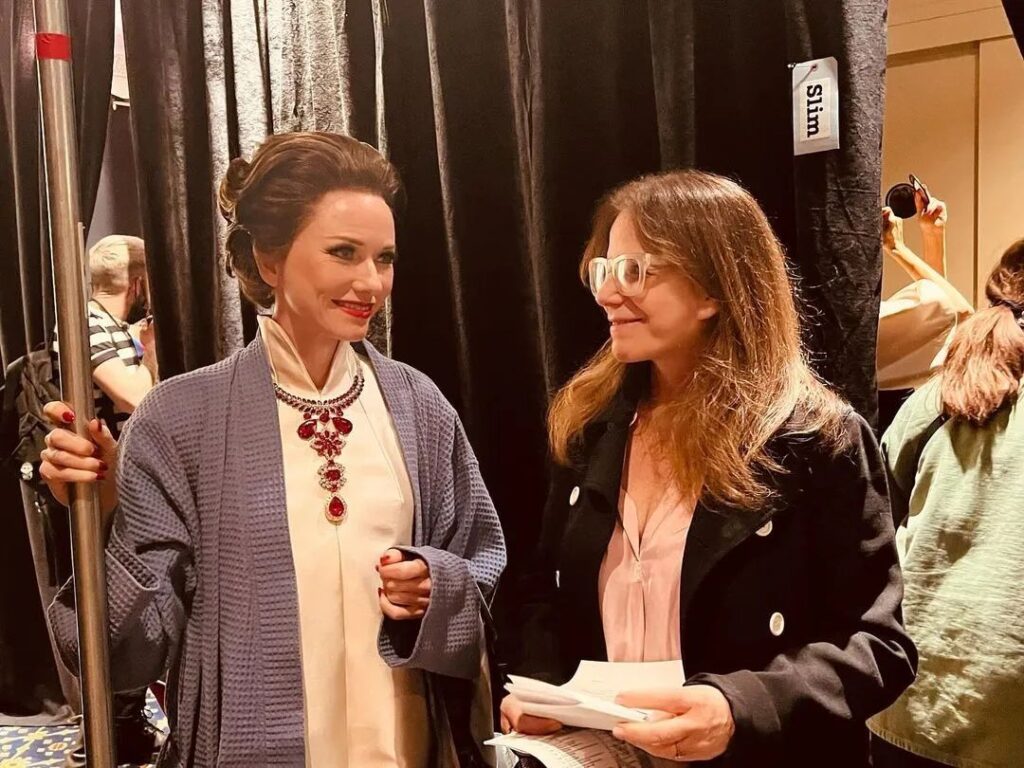
So you can see the “swans” wearing Verdura rings while picking up the phone, pushing back their hair to reveal popular button earrings of the time, and even Babe Paley wearing Verdura earrings to the hospital for chemotherapy. “These women,” Eyrich says, “would feel naked without jewelry. They dressed meticulously every day and wouldn’t leave home without jewelry. It was part of their daily lives and part of their status.”

What do you think? While we don’t need to be so strict with ourselves, wearing and collecting jewelry with style should be a required course for every woman. They are so beautiful and loyally add luster to you. With unique taste and style, you can establish your own unique personal style without spending too much!
Beyond Diamonds: ‘Feud’ Season 2 Unveils the Jaw-Dropping Jewel Collections of 4 Iconic Socialites
Tweet
